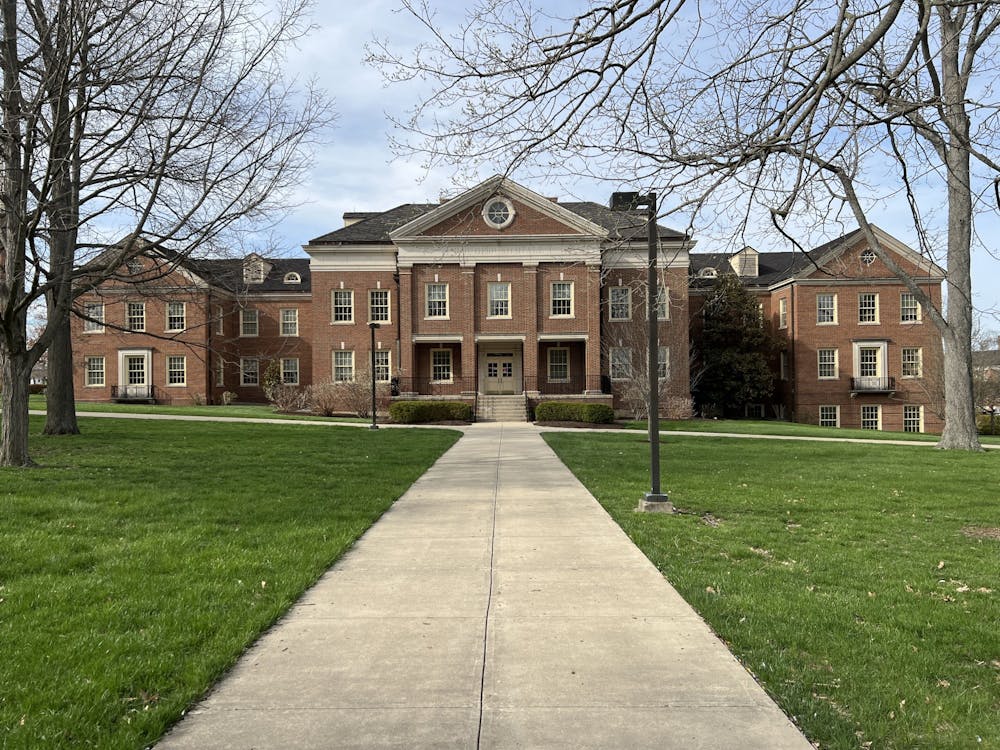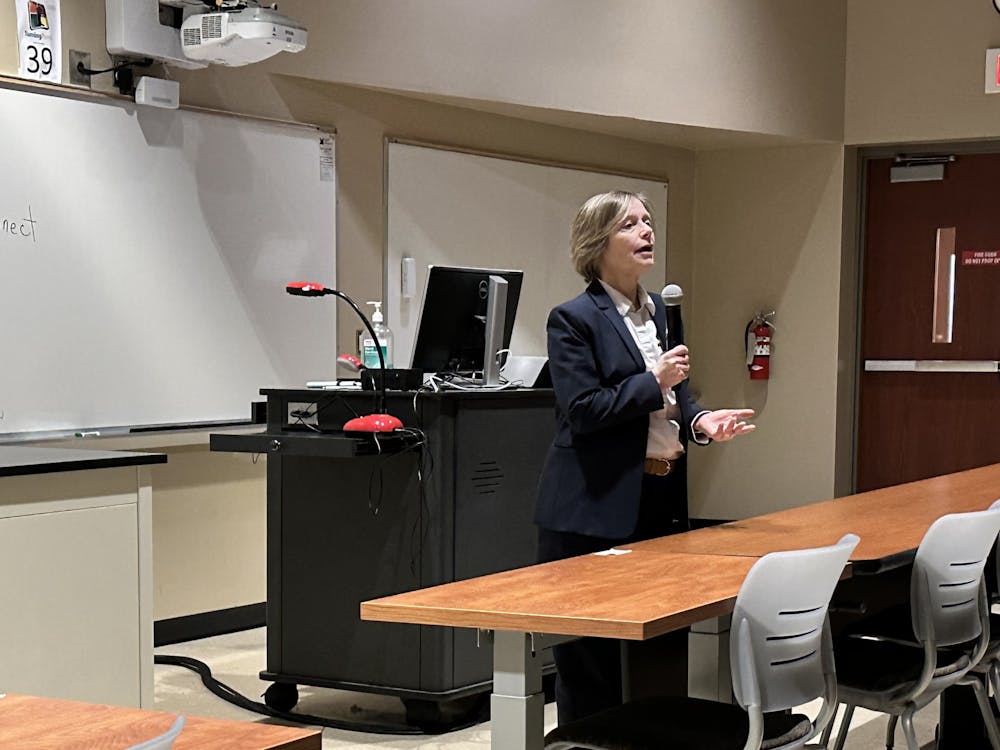Miami's Strategic Planning Steering Committee is working to finalize the subcommittees that will be tasked with improving six specific areas of university operations and life.
The focus of the subcommittees are academic excellence, research and scholarship success, transformative student experience, diversity and inclusion, community, financial and resource sustainability and Miami as a national university.
The committee was appointed by Miami University President Greg Crawford earlier this semester.
Rob Applebaum, professor of sociology and gerontology, and Julia Guichard, professor of theatre, are the co-chairs of the steering committee. The subcommittees are each co-chaired by two of the twelve other committee members.
Applebaum has worked at Miami for 33 years. He was formerly a dean in the college of arts and sciences and served on the university's budget RCM (Responsibility Center Management) committee.
"Our co-chair job is really to sort of help make sure all the subcommittees are focused in the same direction," Applebaum said. "What the president has asked us to do is to think about how do we best position Miami for a changing world."
Applebaum and Guichard plan to work holistically to ensure everyone has the same goal in mind, but intend to eventually separate and each act as liaisons to three subcommittees. They believe that by the end of December the subcommittees will be fully developed and ready to start devising a plan of action.
"I think I'm really good at balancing innovation and reality," said Guichard. "The strategic planning process is really about vision. It's about structure. It's about systems."
The steering committee does not plan on directly resolving specific issues, such as high-risk alcohol use or the cost of higher education. However, they intend to gather information about issues that relate to strategic academic planning, determine how the university generally feels about these problems and then figure out what the university's vision is moving forward.
Higher education costs have increased in recent years, and the steering committee plans to determine how to best position Miami in an evolving world.
David Ellis, the Associate Vice President for Budgeting and Analysis, and Stacey Lowery Bretz, a professor in the department of chemistry and biochemistry, will co-chair the financial and resource sustainability subcommittee to ensure the university is financially secure.
Ellis will primarily oversee the university's budget while Bretz will act as the chair for the University Senate's fiscal priorities committee.
Enjoy what you're reading?
Signup for our newsletter
"The amount of revenues that came into the university from the State of Ohio were substantially higher if you look back at the 1970's or 1980's," Ellis said.
In 1971, the average yearly four-year public college cost was $8,7343. By 2016, that cost had increased to $20,967.
"Most other schools in Ohio are currently having some level of difficulty managing the new economic model that we're all being confronted with," Ellis said. "By and large, if you look at the University of Akron, Wright State, Bowling Green -even Ohio University - those institutions are struggling a bit this year in enrollments."
Wright State University, in Dayton, has had to make more than $30.8 million in budget cuts and has laid off close to 60 of its workers at the end of last semester in order to remain open, according to reporting from the Dayton Daily News.
Revenue-enhancing strategies, such as attracting more out-of-state and international students and increasing the size of the university, as well as budget cuts, have helped keep Miami out of any serious financial trouble, Ellis said.
The ratio of domestic, non-resident students' tuition and resident students' tuition is about 2.8 to 1, and the ratio of international students' tuition and resident students' tuition is about 3 to 1, according to statistics on Miami's website. The university's budget office predicts that 43 percent of incoming students will come from outside of Ohio.
Through Miami's marketing strategies and English language programs like ACE (American Culture and English), Miami tends to attract more out-of-state students that help increase the university's total revenue.
"We had a very large class [last year] but with the level of financial aid that we gave out to that class, the revenue value is less than what we would otherwise have liked," Ellis said. "Part of what we're going to have to take on inside of the subcommittee that I'm working with is how do we begin dealing with those broader dynamics as an institution."
The steering committee hopes to have a plan ready to present to the university's Board of Trustees by June 2019.



